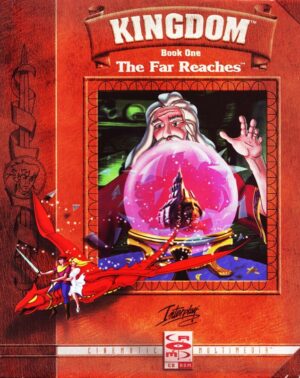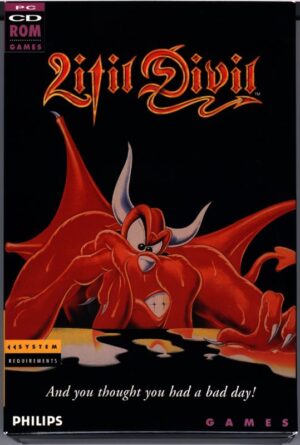Retro Replay Review
Gameplay
Tangram offers a streamlined puzzle experience that faithfully adapts the traditional Chinese tangram puzzle into a digital format. Players are presented with a silhouette of a shape and must drag, rotate, and position each of the seven geometric pieces—two large triangles, one medium triangle, two small triangles, one square, and one parallelogram—to perfectly fill the outline. The controls are intuitive: click and drag to move, use the cursor or keyboard to rotate, and snap-to-grid options help if you prefer a more guided placement.
One of Tangram’s standout features is its five distinct difficulty levels, ranging from beginner-friendly shapes to fiendishly complex silhouettes that demand careful planning and spatial reasoning. As you progress through the levels, the puzzles grow in intricacy, encouraging you to think several moves ahead. Hints are available at any time, which reveal the approximate location of a piece or show the next best move, striking a balance between challenge and accessibility.
For those who crave creative freedom, the free-form mode is an elegant addition. Here you can design your own silhouettes, experiment with piece placement, or challenge friends to solve your custom puzzles. This mode transforms Tangram from a fixed-content puzzle game into a sandbox for artistic expression and brain-training, extending replay value far beyond the preset challenge list.
Graphics
Visually, Tangram embraces a minimalist aesthetic that keeps the focus squarely on the puzzle at hand. The shapes are rendered in crisp, flat colors that contrast well against a neutral background, ensuring silhouettes and placements are always clear. Subtle shading and smooth animations give each piece a satisfying tactile feel when dragging or rotating.
The user interface is clean and unobtrusive, with a simple toolbar for hint requests, difficulty selection, and switching to free form mode. Transitions between menus and puzzle stages are swift, maintaining the game’s meditative pace without unnecessary loading screens. Sound effects—soft clicks and gentle confirmation tones—reinforce successful moves without becoming distracting.
Though Tangram isn’t aiming for flashy 3D graphics or cinematic flair, its design choices perfectly suit its purpose. The lack of visual clutter allows players to immerse themselves in the spatial challenge, while the gentle color palette and responsive visuals create a calm, engaging environment for prolonged play sessions.
Story
As a pure puzzle game, Tangram does not feature a traditional narrative. Instead, its “story” unfolds through the player’s journey of discovery and problem-solving. Each silhouette you tackle tells its own silent tale: a house, an animal, an abstract pattern—revealed only as you piece it together.
There’s an underlying cultural resonance in adapting an ancient Chinese pastime into a modern digital format. While there are no characters or plot twists, players can appreciate the historical legacy of tangram puzzles, which have fascinated minds for centuries. Completing particularly challenging configurations can feel like unlocking a hidden chapter of that legacy.
In lieu of dialogue or cutscenes, Tangram’s narrative strength comes from the satisfaction of mastery. As you move from easy outlines to devilishly complex silhouettes, the sense of progression and personal achievement weaves its own subtle storyline of growth.
Overall Experience
Tangram succeeds in delivering a focused, elegant puzzle experience that appeals to both casual players and dedicated puzzle enthusiasts. The core gameplay loop—view a silhouette, place pieces, and watch your shape materialize—is endlessly satisfying, especially when tackling tougher silhouettes that demand new strategies and sharper spatial awareness.
The inclusion of difficulty levels and a free-form creation tool ensures there’s something for everyone: newcomers can build confidence on simple shapes, while experts can push themselves with intricate designs or build their own challenges to share. Hints are thoughtfully implemented so as not to trivialize the puzzles but to provide a helpful nudge when you’re stuck.
Overall, Tangram stands out as a polished, distraction-free puzzle game. Its minimalist presentation and emphasis on mental engagement make it perfect for quick sessions on the go or deeper, reflective gameplay at home. If you enjoy shape-based puzzles or are looking for a serene yet intellectually stimulating experience, Tangram is a clear choice.
 Retro Replay Retro Replay gaming reviews, news, emulation, geek stuff and more!
Retro Replay Retro Replay gaming reviews, news, emulation, geek stuff and more!




Reviews
There are no reviews yet.